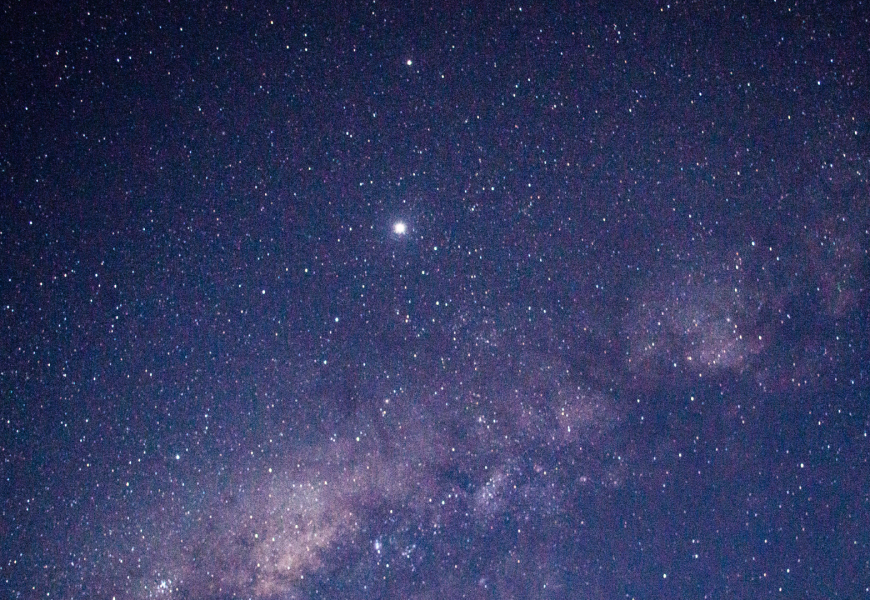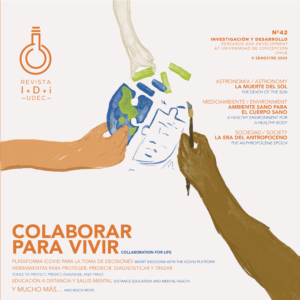For the first time, a Chilean-led project has obtained “large-scale” observation hours at ALMA. The project, called “CRISTAL” – or CRYSTAL, in English – will have around 150 hours, looking to show what some of the most distant and early known galaxies are like, and how these evolved into those seen in the local universe.
By Marllory Fuentes / mfuentes@astro-udec.cl
/ Photographs: Astro UdeC
ALMA observatory gave around 150 observation hours to the CRYSTAL project, the first Chilean-led initiative to be chosen for what are considered “large-scale” projects – ALMA Large Projects, or LP -, that is to say, those that address large scale astronomical problems or questions, and that require a longer observation time.
The initiative is led by Professor Rodrigo Herrera-Camus, of Universidad de Concepción, along with the Director of the Astronomy Hub of Universidad Diego Portales, Manuel Aravena, and
researcher Jorge González-López, of the Las Campanas Observatory and UDP Astronomy Hub. Together with a team of international scientists, they will look to show what some of the most distant and early known galaxies are like, and how these evolved into the galaxies that are seen in the local universe – such as spirals, ellipticals, etc. -.
“Given that ALMA represents an international effort between North America, Europe, Asia, and our country, it was very important for us to set up, from Chile, an international team of researchers that represents this alliance, who contribute from their different and varied specialties”, Herrera-Camus indicates regarding the relevance of international collaboration on this initiative.
Aravena explains that “our project will observe the cold gas there is in the interstellar medium of these distant galaxies, to trace the shape of the galaxies – morphology- and the movement of their gas – cinematic -, and how this cold gas is connected to the formation of stars and the intergalactic medium”. With this data, he adds, they will look to answer questions such as
“what are these early galaxies like? Are these galaxies like the “spirals” we see in the local universe? Are they sort of irregular? And where does the gas that is forming stars in these galaxies come from?
Just a small handful of projects become ALMA LP each year and receive more than 50 hours of observation. For this, the initiatives must undergo the highest standards of scrutiny by a panel of
peer-reviewers comprising internationally renowned scientists.
This year was the first to see a double-blind time application process in ALMA: the reviewers did not how who the project authors were, and only their merit was important”, González-López emphasizes. He adds that “this project will allow us to continue demonstrating that Chile has
international class science, that it’s not just a country to set up telescopes in”.
Meanwhile, Herrera-Camus said that the CRISTAL project “represents a great opportunity for the development of our astronomy community, especially our students and young scientists who will
have access to novel and high-quality observations”.
Más información: http://www.astro.udec.cl
Last modified: 2 de junio de 2023






